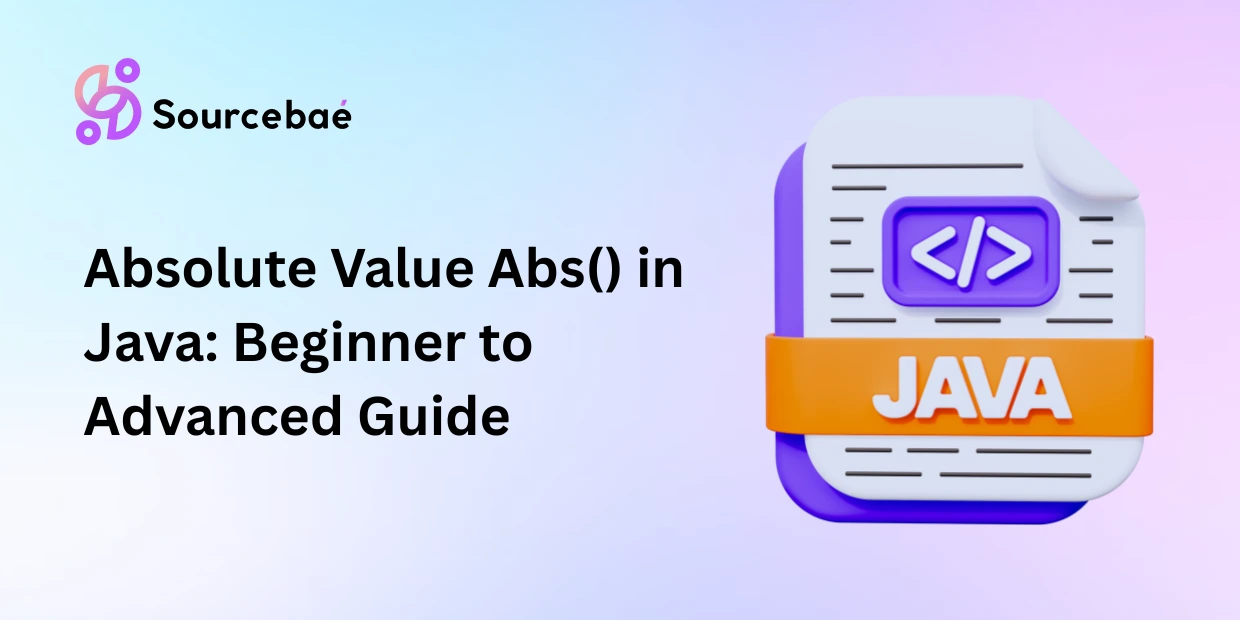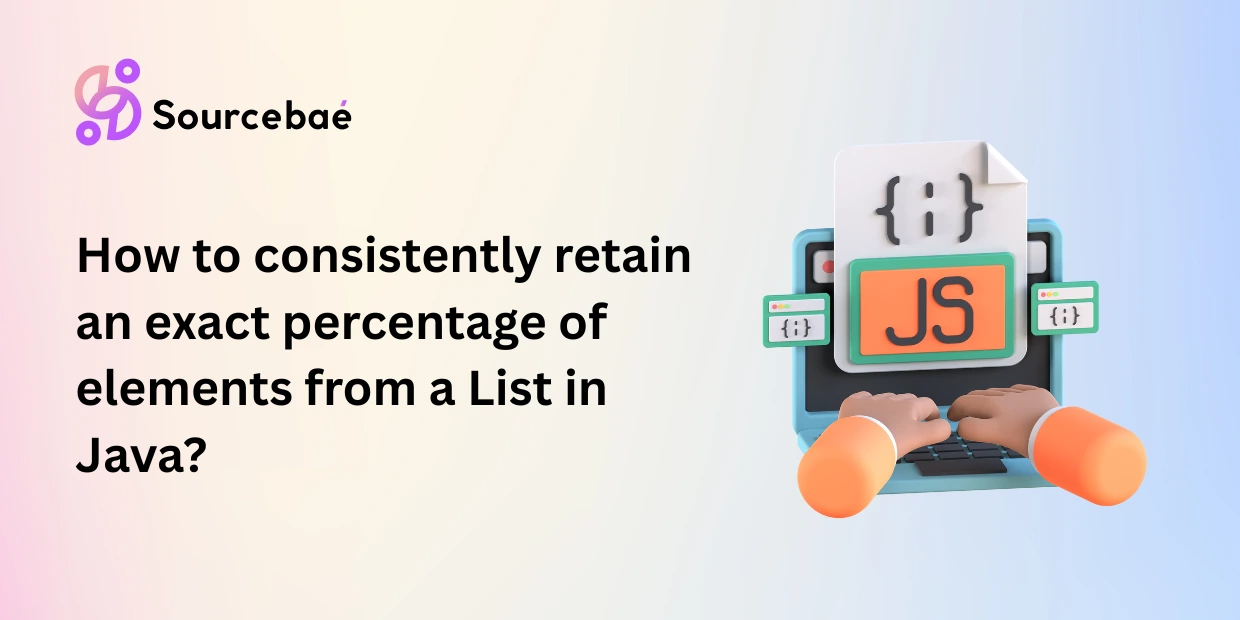Java programming language has become one of the cornerstones of modern software development. Its versatility, portability, and reliability have made it a favorite among programmers of all levels. To truly understand Java, it’s essential to delve into its fundamental structure and organization. In this article, we will explore the 4 levels of Java programming, from its source code all the way to machine code. Whether you’re a beginner seeking to grasp the basics or an experienced developer looking for a refresher, this comprehensive guide will provide insights and clarity about 4 levels of Java and his architecture and functionality.
Java programming operates on four distinct levels that encompass various stages of code execution and translation. These 4 levels of Java are:
Source Code Level
At the highest level, we have the source code. This is where programmers create their Java programs using a human-readable syntax. Java’s syntax is similar to other popular programming languages, making it relatively easy for developers to transition into. The source code is composed of classes and methods that define the program’s behavior. At this stage, the code is written in plain text and saved with the “.java” extension.
Compilation Level
Once the source code is written, it needs to be compiled into bytecode before it can be executed. This is the role of the Java compiler. The compiler translates the human-readable source code into an intermediate form called bytecode, which is a low-level representation of the program. This bytecode is platform-independent and can be executed on any device with a Java Virtual Machine (JVM).
Bytecode Level
The bytecode is the foundation of Java’s portability. It’s a machine-independent representation of the source code that can be interpreted by the JVM. This level serves as a bridge between the high-level source code and the low-level machine code. The JVM, installed on the target device, interprets the bytecode and translates it into native machine instructions that the device’s hardware can understand.
Machine Code Level
The final level is the machine code, which is the lowest level of code execution. After the bytecode has been interpreted by the JVM, it’s translated into machine code specific to the device’s architecture. This machine code is executed directly by the hardware, making the program run efficiently and at optimal speed.
Exploring Each Level in Detail
Source Code Level: Writing Java Programs
At this level, programmers write human-readable Java code using a specific syntax. This code is organized into classes, which act as blueprints for objects. Classes contain methods, which are blocks of code that perform specific tasks. Java’s syntax emphasizes clarity and simplicity, making it a great choice for beginners. The source code is saved with the “.java” extension, ready for compilation.
Compilation Level: Transforming Source Code into Bytecode
The Java compiler comes into play at this level. It takes the source code written by programmers and compiles it into bytecode. The bytecode is a low-level representation of the program that’s independent of the underlying hardware. This step catches syntax errors and other issues before the program is executed. The resulting bytecode is stored in files with the “.class” extension.
Bytecode Level: Platform-Independent Intermediate Code
Bytecode serves as a bridge between the source code and machine code. It’s a platform-independent representation that can be executed on any device with a compatible JVM. The JVM interprets the bytecode and translates it into machine-specific instructions. This level of abstraction contributes to Java’s “write once, run anywhere” capability, making it a powerful and versatile language for various applications.
Machine Code Level: Direct Hardware Execution
At the machine code level, the JVM has done its job, and the program is ready for execution. The JVM’s Just-In-Time (JIT) compiler translates the bytecode into native machine code that the hardware understands. This machine code is executed directly by the device’s CPU. Java’s performance is optimized at this level, ensuring efficient and quick execution of the program’s instructions.
LSI Keywords Used in This Article:
- Java programming levels
- Java bytecode and machine code
- Understanding Java architecture
- How Java programs are executed
- Java compiler and bytecode translation
FAQs
Q: Can I run Java programs without a JVM?
A: No, a Java Virtual Machine (JVM) is required to execute Java programs. It interprets bytecode and translates it into machine code for the hardware.
Q: Is Java bytecode faster than machine code?
A: No, Java bytecode is an intermediate representation. Machine code is the final, hardware-specific form that runs most efficiently.
Q: Are there other programming languages that use bytecode?
A: Yes, other languages like Kotlin and Scala also compile to bytecode and run on the Java Virtual Machine (JVM).
Q: What are the benefits of Java’s platform independence?
A: Java’s platform independence allows programs to be developed on one platform and executed on another without modification, saving time and effort.
Q: Can I write Java programs without classes?
A: No, Java is an object-oriented language, and classes are essential for defining objects and their behavior.
Q: Is Java suitable for system-level programming?
A: While Java offers portability, it’s not commonly used for system-level programming due to its reliance on the JVM and garbage collection.
Conclusion
Understanding the 4 levels of Java programming is crucial for developers aiming to harness the full potential of the language. From writing source code to executing machine code, each level plays a pivotal role in delivering Java’s efficiency and versatility. By comprehending how Java programs are translated and executed, developers can create robust and optimized applications that meet the demands of modern software development.
SOURCEBAE: Hire Java Developers






